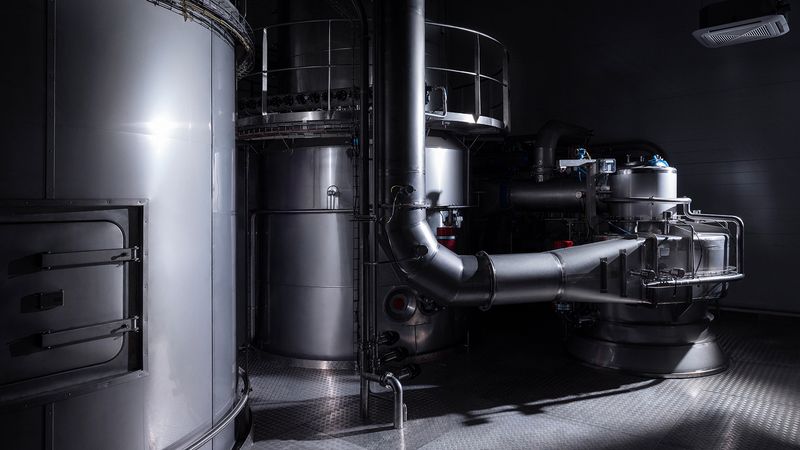

Upcycled ingredients market booming as consumers embrace sustainability
The global upcycled ingredients market is on a tear, driven by a growing awareness of food waste and its environmental impact. Upcycled ingredients, made from food byproducts that would otherwise be discarded, are finding their way into everything from beverages and cosmetics to animal feed and industrial products. The market is expected to reach a value of US$512 million by the end of 2032, according to a new report by FactMR.
Food waste is a major global problem. According to the United Nations, one-third of all food produced globally is wasted each year. This translates to roughly 1.3 billion tons of food suitable for human consumption going to waste. This wasted food not only represents a loss of valuable resources, but it also contributes to greenhouse gas emissions. As food decomposes in landfills, it releases methane, a potent greenhouse gas that is 25 times more effective than carbon dioxide at trapping heat in the atmosphere. Upcycled ingredients can help to address this problem by diverting food waste from landfills and turning it into usable products. Additionally, the financial cost of food waste is significant. The Food and Agriculture Organization of the United Nations estimates that the annual cost of food waste is around US$1 trillion.
Food waste is a global problem, but the amount of food wasted varies significantly between regions. Developed countries tend to waste more food per capita than developing countries. For example, in Europe and North America, consumers waste an estimated 173kg and 115kg of food per person per year, respectively, while in sub-Saharan Africa and South Asia, the figures are 127kg and 68kg per person per year.
By creating a valuable use for food scraps, upcycled ingredients create a positive feedback loop that reduces waste, promotes sustainability, and fosters innovation in the food industry. It's a win-win for both the environment and the businesses involved.
The demand for upcycled ingredients is being driven by a number of factors, including growing consumer awareness of food waste and its environmental impact, increasing demand for sustainable products, and rising interest in functional foods and ingredients.
Upcycled ingredients can be used in a wide variety of products. Upcycled ingredients can be used in a variety of food and beverage products, such as juices, smoothies, soups, snacks, and baked goods. For example, upcycled fruit peels can be used to make jams and jellies, while upcycled coffee grounds can be used to make exfoliating scrubs. They can also be used in a variety of cosmetic products, such as lotions, creams, and soaps. For example, upcycled coffee grounds can be used to make exfoliating scrubs, while upcycled fruit peels can be used to make hydrating masks. Upcycled ingredients can be used in animal feed, such as for poultry and livestock. This can help to reduce the environmental impact of animal agriculture. Upcycled ingredients can be used in a variety of industrial products, such as bioplastics and biofuels.
Despite the promising outlook for the upcycled ingredients market, there are some challenges that need to be addressed. One challenge is the sourcing of upcycled ingredients. Upcycled ingredients can be difficult to source in large quantities, as they are often produced in small batches by individual companies or foodservice providers. Another challenge is ensuring that upcycled ingredients meet safety standards. Upcycled ingredients must be carefully processed and handled to ensure that they are free of contaminants.
However, the challenges facing the upcycled ingredients market are outweighed by the opportunities. As consumers become more aware of the environmental impact of food waste, the demand for upcycled ingredients is likely to continue to grow. Upcycled ingredients offer a sustainable and innovative way to reduce food waste and create new products.
If you have any questions or would like to get in touch with us, please email info@futureofproteinproduction.com






